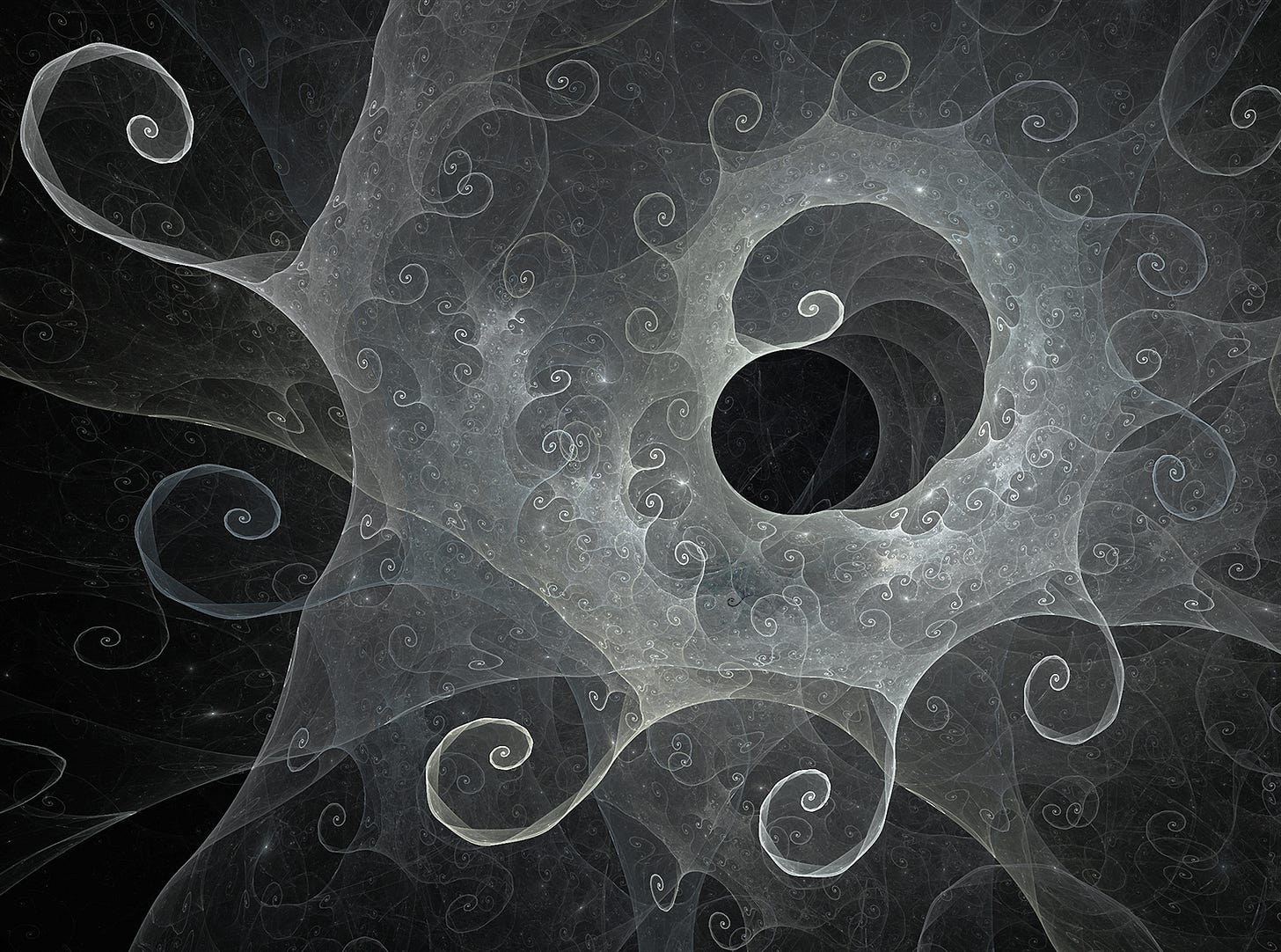Transmission #28 - From the Head of Sericulture
Transmission from: Briony Ash, Head of Sericulture, Luxembourg Base, Copernicus D Crater, Moon
Earth Received Time: 12 June 2045, 10:13:49 UT
As requested, a report on our progress with the hybrid silkworms Bombyx luna, which appear to be tolerating their new environment, perhaps better than other species being tested here. The full cycle unfolded as advised in the manual and we were relieved that after the worms hatched from the eggs, they consumed the leaves we have been able to grow for them. The sound of the worms eating is reminiscent of afternoon rain pattering on a kitchen window, a sound I can obviously never hope to hear again. I must say I did not expect nostalgia when taking on this role of silkworm midwife/executor.
Spinning their cocoons around their own bodies, the worms gradually retreated from our gaze. The manual states these pupae can be safely left alone in their cocoons for ten days, a length of time we have learnt to characterise by the changing appearance of the Earth from crescent to gibbous, complete with white covering of clouds. But I sat with the silent cocoons, because of the non-zero possibility that my presence was a comfort to them as they underwent their own journey to their destiny, an even lengthier journey that we ourselves had to endure from Earth to this place.
This next stage was the most fraught, the manual requiring us to judge for ourselves the precise moment to stop the transformation from pupae to moths by immersing the cocoons in hot water. As instructed, we gathered up the dead insects for our own sustenance. It is fair to say we have not yet learnt to tolerate the taste, but we will persevere.
We have also learnt to judge which insects should be saved from this watery grave and live to create the next generation. The moths that were permitted to survive have indeed managed to lay eggs, but you should know that the manual failed to warn us of their repeated attempts to fly away. In this low gravity they rise and rise, until they swarm under the round light of the full Earth, only trapped by the ceiling of the settlement’s dome, and we are required to haul them down in nets. And I must tell you that the moths, having achieved their ancient desire of flying to the Moon, are now regretting it, wishing only to return home.
Briony Ash was already a seasoned migrant on Earth by the age of twenty-five when she volunteered to be one of the livestock officers on the Moon’s third commercial base. Third time lucky, she says.
Transmission received via Pippa Goldschmidt





